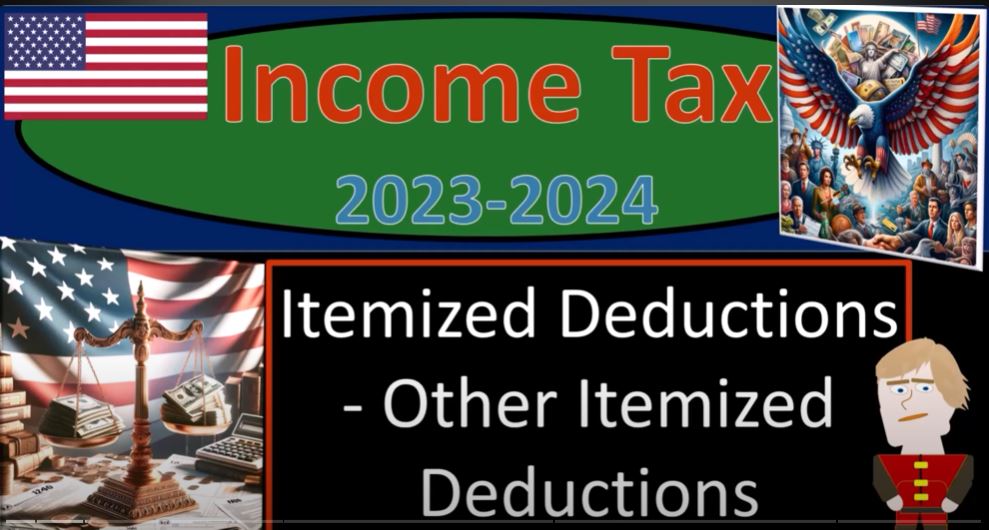In the labyrinth of income tax preparation, itemized deductions can be a beacon of hope for taxpayers seeking to maximize their savings. As we delve into the intricate web of tax laws and regulations for the years 2023 and 2024, let’s embark on a journey to demystify the complexities of itemized deductions and explore various tax breaks available to taxpayers.
Understanding the Income Tax Formula: Before we plunge into the world of itemized deductions, let’s decipher the income tax formula. Unlike traditional income statements, where income minus expenses equals net income, the income tax formula involves income minus deductions resulting in taxable income. Here lies the significance of itemized deductions, which play a pivotal role in reducing taxable income.
Differentiating Above the Line and Below the Line Deductions: In the realm of tax deductions, a crucial distinction lies between above the line and below the line deductions. Above the line deductions, also known as adjustments to income, offer immediate benefits without the need to surpass a threshold. Conversely, below the line deductions, including itemized deductions, must exceed the standard deduction threshold to yield tax savings.
Unraveling Schedule A: The Gateway to Itemized Deductions: Line 12 of Form 1040 serves as the threshold where taxpayers must choose between the standard deduction and itemized deductions. For those opting to itemize, Schedule A becomes the canvas for claiming various deductions. From mortgage interest to medical expenses, Schedule A encompasses a plethora of itemized deductions tailored to diverse taxpayer needs.
Navigating Other Itemized Deductions: Within the realm of itemized deductions lies a catch-all category encompassing a myriad of expenses. These deductions, subject to fluctuations and amendments in tax laws, reflect the government’s endeavor to incentivize specific behaviors through the tax code. Let’s explore some noteworthy deductions:
- Net Qualified Disaster Losses: In the wake of natural disasters, taxpayers facing losses can claim an increased standard deduction or itemize deductions, even if they don’t typically do so. This provision aims to provide relief to individuals impacted by qualified disasters, offering a lifeline amidst challenging times.
- Gambling Losses: Gambling winnings, subject to taxation, necessitate offsetting losses for fair taxation. While only deductible up to the extent of gambling winnings, these losses offer a silver lining for taxpayers engaged in games of chance.
- Casualty and Theft Losses: From property damage due to unforeseen calamities to theft losses, taxpayers can recoup losses through itemized deductions, provided they meet specific criteria outlined by the IRS.
- Amortizable Bond Premiums and Specialized Investments: For individuals venturing into the realm of bond investments and specialized securities, deductions for amortizable bond premiums and other investment-related expenses offer avenues for tax optimization, albeit in niche scenarios.
Conclusion: As taxpayers embark on the annual ritual of income tax preparation, navigating the maze of itemized deductions and tax breaks can be daunting. However, armed with knowledge and an understanding of the intricacies of the tax code, individuals can harness the power of itemized deductions to minimize tax liabilities and maximize savings. Remember, while the tax landscape may evolve, the quest for tax efficiency remains constant. So, brew a cup of coffee, gather your documents, and embark on the journey of income tax preparation with confidence and clarity.

